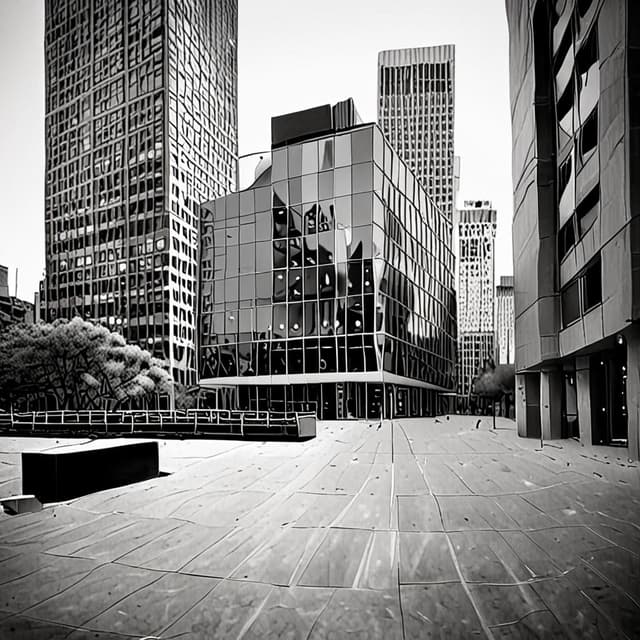
| Name | The Juilliard School |
| Type | Private performing arts conservatory |
| Legacy | Shaping the classical arts in the United States |
| Founded | 1824 (as the Academy of Music), Boston, Massachusetts |
| Location | New York City, New York |
| Commitment | Upholding European classical traditions |
| Reputation | Premier performing arts institution |
| Specialties | Classical music • Opera • Dance |
| Notable alumni | Yo-Yo Ma • Itzhak Perlman • Audra McDonald • Kevin Kline |
The Juilliard School is one of the world's leading performing arts conservatories, with a distinguished history dating back to the 1820s. Founded in Boston, Massachusetts as the Academy of Music, Juilliard has played a pivotal role in cultivating and promoting classical music, opera, and dance in the United States over the past two centuries.
The Juilliard School was established in 1822 by a group of wealthy Boston philanthropists and arts patrons who sought to create a world-class institution for musical and theatrical training. The Academy of Music, as it was originally known, was modeled after leading European conservatories like the Paris Conservatory and the Conservatory of Milan.
The school's first director was the renowned German composer and pianist Johann Petrus von Lindpaintner, who had previously served as Kapellmeister at the Court of Württemberg. Under Lindpaintner's leadership, the Academy emphasized rigorous technical training in the European classical tradition, with a focus on producing virtuosic performers across piano, strings, voice, and other instruments.
In 1892, the Academy of Music relocated from Boston to New York City, at the time becoming one of the premier arts institutions in the rapidly growing metropolis. The school's name was changed to the Juilliard School of Music, after the wealthy financier Augustus Juilliard who provided a substantial endowment for its expansion.
The move to New York allowed Juilliard to attract an even larger pool of talented students, particularly European immigrants seeking to further their musical education in the United States. By the early 20th century, the school had grown into one of the most prestigious conservatories in the world, producing an impressive array of acclaimed classical and operatic performers.
Throughout its history, the Juilliard School has played a critical role in cultivating and advancing American classical and theatrical arts. Many of the nation's most celebrated composers, conductors, actors, and dancers have received their training at Juilliard, which has helped establish New York City as a global center of high culture.
The school's influence can be seen in the prominence of Juilliard alumni in major American orchestras, opera companies, Broadway productions, and dance troupes. Juilliard-trained artists have been instrumental in establishing and refining quintessentially American musical and theatrical forms, from Broadway musicals to modern dance.
Despite its American identity and impact, the Juilliard School has remained steadfast in its commitment to upholding the European classical tradition. The curriculum and teaching methods have changed little since the institution's founding, with a continued emphasis on technical mastery, artistic interpretation, and the performance of the Western canon.
This resistance to modernization has drawn both praise and criticism over the years. Proponents argue that Juilliard's adherence to tradition has maintained the highest standards of artistic excellence. Critics, however, contend that the school's insular focus has hindered the development of truly innovative American forms of music, opera, and dance.
Nonetheless, the Juilliard School's legacy as a bastion of European high culture in the United States remains secure. As the 21st century unfolds, the school continues to attract the most gifted performers from around the world who seek to carry on the mantle of the classical arts.